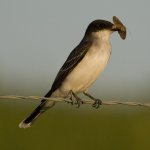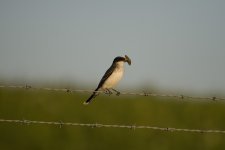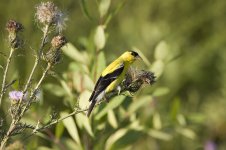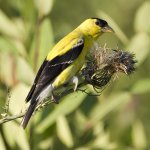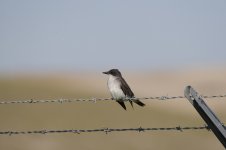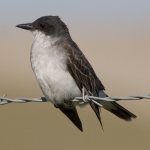Is it possible there might be something wrong with my image stabilization or am I still not close enough? This was an image I took from the car and rested my elbows on myself and the car was running. I was about 10-15 feet from the bird maybe more.
I have a slew of images just like this. The ISO was 320, 1/2000th shutter speed, f5.6, 400mm. I also cannot for the life of me get a sharp image out of the camera when hand holding within 10 feet and under of a bird. I had some great opps today that were blown. I held my breath and did my absolute best to keep the lens steady. I also was using very high shutter speeds 1/2000th and up.
I have a slew of images just like this. The ISO was 320, 1/2000th shutter speed, f5.6, 400mm. I also cannot for the life of me get a sharp image out of the camera when hand holding within 10 feet and under of a bird. I had some great opps today that were blown. I held my breath and did my absolute best to keep the lens steady. I also was using very high shutter speeds 1/2000th and up.




